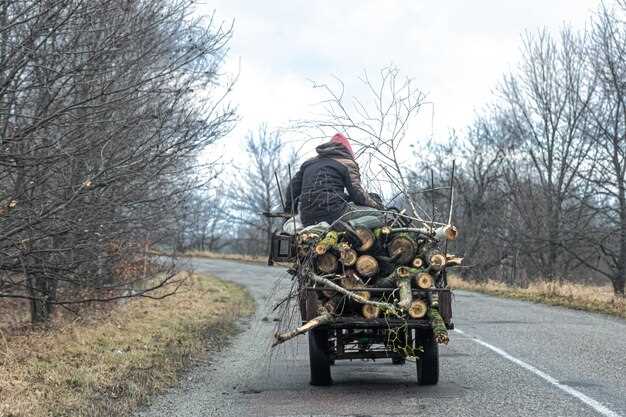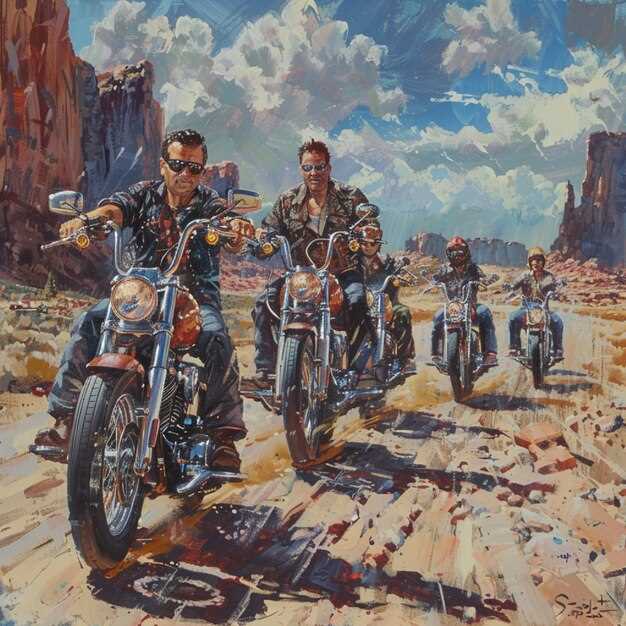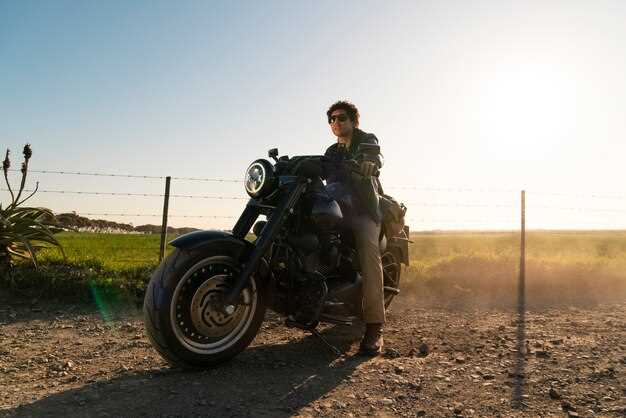
During the tumultuous years of World War II, motorcycles emerged as vital instruments of communication and mobility within military operations. Their speed, maneuverability, and ability to traverse diverse terrains made them indispensable to armed forces across the globe. Motorcycles were not merely recreational vehicles; they became essential tools that influenced the dynamics of warfare and logistics.
Military units relied heavily on motorcycles for carrying messages, scouting missions, and transporting troops quickly from one location to another. With the ability to weave through congested battlefields and reach remote areas, motorcycles bridged communication gaps that could significantly alter the course of engagements. This agility allowed commanders to maintain contact with their frontline troops, enhancing coordination and responsiveness during critical moments.
Additionally, motorcycles played a significant role in the development of tactical strategies. They facilitated rapid reconnaissance, enabling forces to gather intelligence and assess enemy positions effectively. The versatility of motorcycles also allowed for innovative solutions to logistical challenges, as they could transport essential supplies to units that might otherwise be cut off from traditional supply lines. Thus, motorcycles not only contributed to transportation but became integral to modern warfare strategies employed during the conflict.
Combat and Reconnaissance: How Motorcycles Enhanced Mobility on the Battlefield

During WWII, motorcycles played a vital role in enhancing mobility for military forces. Their ability to traverse diverse terrains quickly made them indispensable for both combat and reconnaissance missions. Lightweight and agile, these vehicles allowed soldiers to cover large distances faster than traditional forms of transport.
Motorcycles were primarily used for communication and coordination among units. Dispatch riders on motorcycles could swiftly deliver messages between command posts and frontline troops, ensuring that information flowed seamlessly and effectively. This capability was crucial for strategic planning and executing military operations in real-time.
In reconnaissance missions, motorcycles provided vital intelligence on enemy positions and movements. Scouts could navigate through rough terrain quietly and quickly, gathering information that was critical for planning air and ground offensives. The speed of motorcycles enabled them to evade enemy forces while still ensuring comprehensive surveillance of the battlefield.
Different armies developed specialized motorcycle units, such as the German Wehrmacht’s “Kradschützen” and the British Army’s motorcycle reconnaissance detachments. These units were trained to operate in tandem with other military branches, using motorcycles as a means of rapid response and flexible engagement in shifting combat scenarios.
Moreover, motorcycles often facilitated the transport of light weapons, allowing troops to be armed and ready for action on short notice. This enhanced the combat potential of small units operating in hostile territory. With the ability to launch surprise attacks or retreat quickly, motorcycles significantly shifted the dynamics of ground warfare.
In summary, the integration of motorcycles into military operations during WWII greatly improved the mobility and effectiveness of armed forces on the battlefield. Their unique blend of speed, maneuverability, and capacity for communication and reconnaissance made them an essential asset in the war effort.
Logistics and Supply: The Use of Motorcycles for Transporting Troops and Supplies

During World War II, motorcycles emerged as crucial assets in the logistics and supply chains of various military forces. Their versatility and speed allowed for efficient movement across diverse terrains, making them ideal for rapid deployment and support operations. Unlike traditional vehicles, motorcycles could navigate narrow pathways, rugged landscapes, and urban environments, where larger vehicles often struggled.
Motorcycles facilitated the swift transportation of troops to the front lines, enabling rapid reinforcement during critical battles. Units equipped with motorcycles could quickly cover vast distances, delivering soldiers to strategic locations with remarkable efficiency. This agility was essential in an era characterized by fluid battlefronts and the need for quick reaction times.
In addition to transporting personnel, motorcycles were also utilized for carrying essential supplies, including ammunition, medical kits, and communication equipment. Sidecars were commonly attached to enhance their load capacity, allowing them to support logistics operations without compromising speed. This adaptability not only improved the supply chain but also contributed significantly to sustaining military operations in various theaters of war.
The integration of motorcycles into communication networks further emphasized their importance. Motorcycle couriers played a pivotal role in relaying messages and orders between command centers and frontline units. Their ability to maneuver through challenging environments ensured that critical information reached its destination swiftly, thus maintaining operational effectiveness.
In conclusion, motorcycles were invaluable in logistics and supply during World War II. Their speed, maneuverability, and functionality revolutionized military transport, proving essential in the overall strategy and execution of operations. The legacy of motorcycles in this context highlights their enduring significance in military history.
Cultural Impact: The Symbolism and Legacy of Motorcycles During WWII
Motorcycles emerged as more than just vehicles during WWII; they became powerful symbols of mobility, freedom, and resilience. Used extensively by military forces, motorcycles facilitated rapid communication and transportation, playing a crucial role in various campaigns. This functionality gave rise to an enduring cultural impact that resonates even today.
Symbol of the War Effort
During WWII, motorcycles represented a significant advancement in military logistics. They were utilized by messengers to deliver critical intelligence behind enemy lines, showcasing their speed and agility. Iconic models, such as the Harley-Davidson WLA and the BMW R75, became emblematic of national pride and innovation. The craftsmanship and engineering of these machines highlighted the industrial might of countries engaged in the war, embedding them in the collective memory of those who lived through this tumultuous period.
Legacy in Post-War Culture
The end of WWII did not diminish the cultural relevance of motorcycles; instead, it paved the way for a motorcycle culture that would influence global youth movements in the subsequent decades. The connection between WWII veterans and motorcycle clubs fostered a sense of camaraderie and adventure, which became part of the countercultural movements of the 1960s and 1970s. Films such as “The Wild One” further romanticized the image of the motorcycle rider, connecting them to ideals of rebellion and freedom.
Symbol of Freedom and Rebellion
In the aftermath of the war, motorcycles also came to symbolize personal freedom and the pursuit of a more contemporary lifestyle. This transformation can be traced back to the emotional connections that veterans had with their bikes. Having experienced the chaos of war, the open road represented a form of escape, a stark contrast to the constraints of military life. The allure of the motorcycle as a vehicle of individual expression continued to grow, establishing a lasting legacy that permeated popular culture, fashion, and music.
Continuing Influence
Today, the legacy of motorcycles used in WWII lives on in numerous ways. Iconic motorcycle brands carry the historical weight of their wartime contributions, while vintage motorcycles remain highly sought after by collectors and enthusiasts. Events commemorating the role of motorcycles in the war foster a deeper appreciation for their significance, bridging generations of riders who uphold the spirit of adventure, resilience, and freedom that these machines symbolize.
The cultural impact of motorcycles during WWII serves as a testament to their importance, not only as tools of war but also as symbols of human experience and expression. Their legacy continues to inspire and influence, reminding us of the complex interplay between technology, culture, and history.





